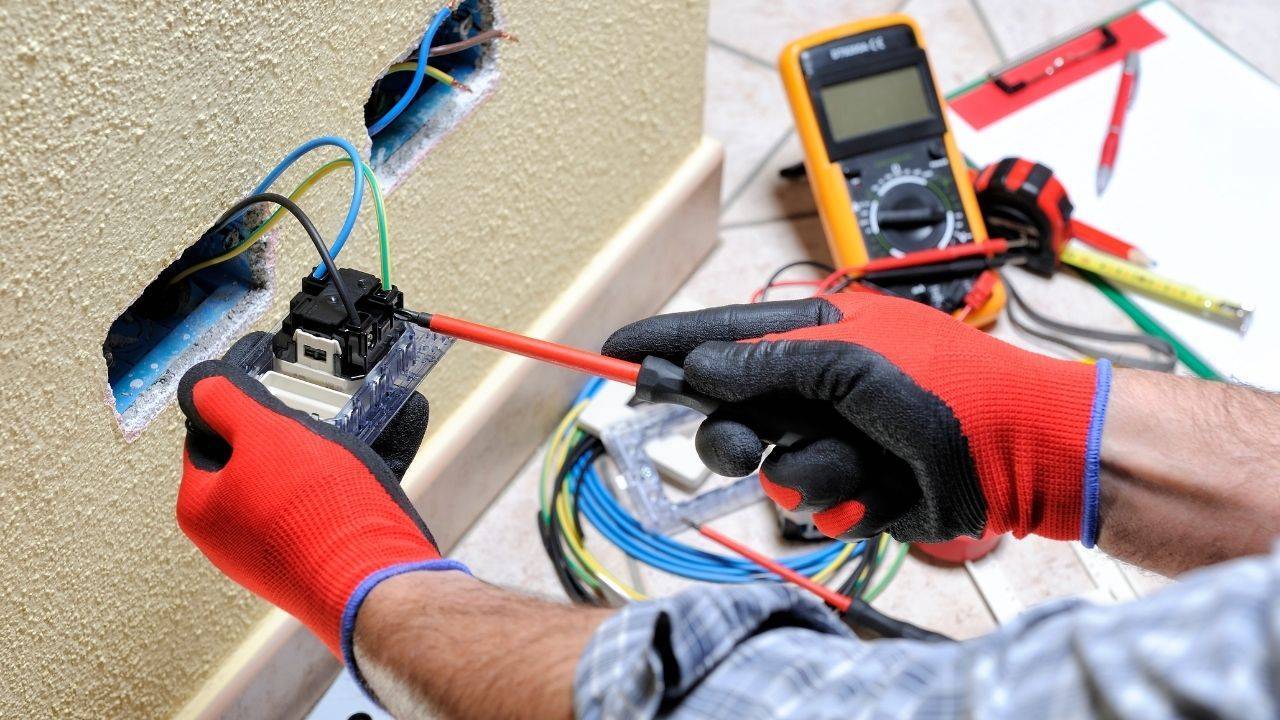
A Guide to Electrical Wiring Colours Coding
Electrical wiring is a crucial aspect of any construction project, be it residential, commercial or industrial. It is responsible for delivering electricity from the main power source to the various electrical devices and appliances that we use on a daily basis. One important factor that needs to be considered while working with electrical wiring is the colour coding system.
Electrical wires are usually colour-coded to differentiate between different types of wires and indicate their specific function. In this guide, we will explore the significance of electrical wiring colours coding and how it can help in efficient installation and maintenance of electrical systems.
Why is Colour Coding Important?
The use of colour coding in electrical wiring serves multiple purposes. It helps in easy identification and differentiation between the various wires, making it easier for local electricians to work with them. This is especially useful when dealing with complex wiring systems that have multiple circuits and connections.
Moreover, colour coding also ensures safety as it helps in preventing accidental cross-connections between different wires. This can potentially lead to short circuits or even electrical fires, which can be hazardous and costly.
The Standard Color Coding System
The standard colour coding system for electrical wiring is based on the guidelines set by the International Electrotechnical Commission (IEC). This system is used globally and helps in maintaining consistency and uniformity in electrical installations.
In this system, each wire has a specific colour that indicates its function. The most commonly used colours are black, red, blue, yellow, green, and white. Let’s take a closer look at what each of these colours represents.
- Black wires are typically used for power outlets and switches, and they carry the main current from the electrical panel to the device.
- Red wires indicate secondary live or switched hot wires that are also connected to power outlets and switches.
- Blue wires are used as travellers in three-way switch setups, where two switches control the same light.
- Yellow wires are used as switched lines in switch loops, where the hot wire comes from a separate source and is controlled by a switch.
- Green wires represent ground or earth connections that provide a safe path for excess electrical energy to dissipate.
- White wires are neutral wires that complete the circuit by returning current back to the electrical panel.
It is important to note that these colour codes may vary slightly in different countries, so it is essential to check the local regulations and standards before working with electrical wiring.
Other Colours Used in Electrical Wiring
Apart from the standard colours mentioned above, there are a few other colours that are used in specific situations or for specialised purposes.
- Orange wires are typically used as temporary power lines during construction or in outdoor settings.
- Brown wires are used for high-voltage applications such as air conditioners, heaters and other large appliances.
- Violet wires are sometimes used for low-voltage lighting or computer wiring.
Tips for Working with Electrical Wiring Colours
While working with electrical wiring, it is crucial to follow the colour coding system to ensure safety and efficiency. Here are a few tips to keep in mind:
- Always double-check the colour codes before connecting wires.
- Use a wire stripper to remove the insulation from the ends of wires, instead of using tools that may damage them.
- Keep a wiring diagram handy for reference, especially when working with complex circuits.
- Turn off the power before working with electrical wiring to avoid the risk of electric shock.
In Conclusion
Electrical wiring colours coding plays a vital role in ensuring safe and efficient electrical installations. By understanding the standard colour codes, we can work with electrical wiring more effectively and prevent potential hazards. Remember to always follow safety precautions and consult a professional if you are unsure about any aspect of house rewiring in Melbourne. So the next time you see a tangle of wires, you can confidently decipher their functions based on their colours.

